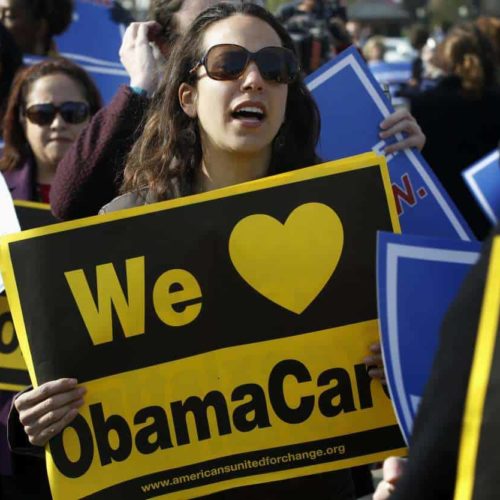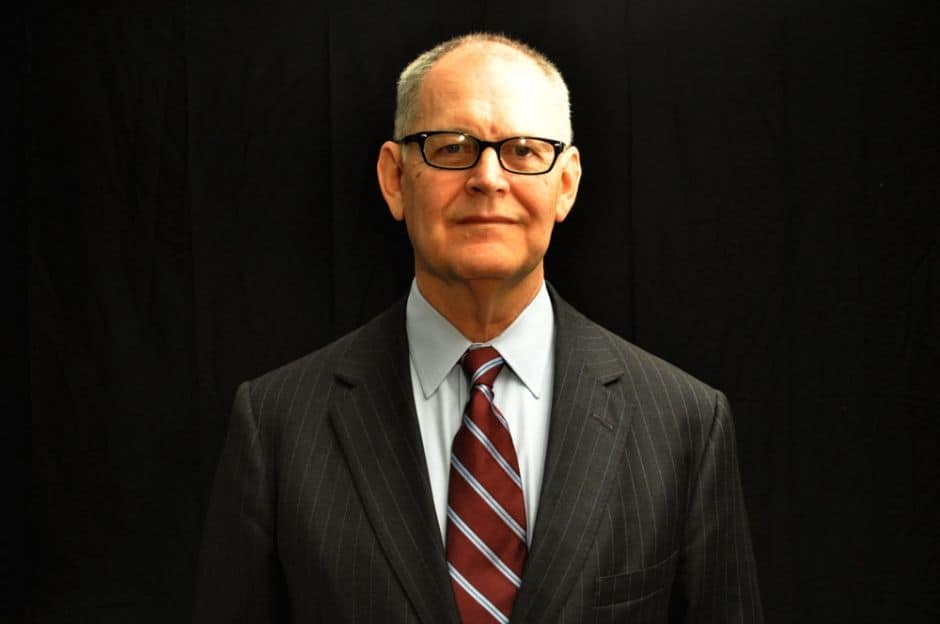Introduction
Back during the debate on the Clinton health care reform proposal, insurance executives tried to convince lawmakers that they were on the same side of health care reform as consumers were, so they embraced the idea of “community rating” in which insurers charge everyone in a given community the same premium regardless of age, gender or health status. In testimony before a House committee in 1993, the president of Cigna’s health care business assured lawmakers that all the big insurers were on board with a return to community rating.
Fast forward nearly two decades and you’ll find that insurance executives have changed their tune, now that they’re actually being required to go back to the good old days when community rating was the norm. Today’s health insurers want nothing to do with it. There’s just not enough profit in it.
Community rating was the original way insurance companies set prices for their policies. The practice began in the late 1920s when the administrator of Baylor University Hospital in Dallas came up with a strategy to deal with his hospital’s mounting expenses. His idea was to have groups of local residents, beginning with the city’s teachers, pay fifty cents a month and receive up to 21 days of hospital care — if needed — during any year. If you were a 21-year-old man who was as healthy as a bear, you paid the same each month as a 42-year-old woman who was not nearly as healthy. It made everybody happy, subscribers and cash-strapped hospital officials alike. Pretty soon, other hospitals began offering similar plans. Eventually they were united under a common name — Blue Cross — and they were all operated on a nonprofit basis.
After a few years, though, life insurance corporations figured out that they could make a sizable profit if they sold coverage to young, healthy people at cheaper rates. That was the beginning of underwriting in health insurance, and it completely changed everything — and, for most of us, not for the better.
Pretty soon, only older and sicker people were staying with the community-rated Blue Cross plans. The younger, healthier people were abandoning the Blues and signing up for the cheaper policies offered by the big corporations. To be able to stay in business, the Blue Cross companies had no choice but to jettison community rating and begin charging older people more than young people, sicker people more than healthier people and even women more than men — just like the for-profit corporations were doing.
Eventually, to limit how much money they had to pay out in claims and to maximize profits, all insurers, including the so-called nonprofit Blue Cross and Blue Shield plans, began to institute the practice of refusing to sell coverage at any price to people with pre-existing conditions. As a result of this steady and ultimately complete shift away from community rating, we now have more than 50 million Americans without coverage. Despite what you might have heard, most of them are not uninsured by choice. Most of them simply can’t afford what insurance company underwriters say they have to pay for a policy, and many of them can’t buy coverage at all because they’ve been sick in the past.
Among the most important provisions of the Affordable Care Act are those that try to get us back to something close to the good old days of community rating. As you can imagine, insurance company executives and their lobbyists are working hard behind the scenes to get their friends in Congress to let them continue discriminating against people they really don’t want as customers.
Beginning in 2014, insurers will not be able to charge women more than men or people with a history of health problems — including chronic conditions they were born with — more than healthier people. And they won’t be able charge older people more than three times as much as younger people.
Those changes would get us to what is referred to as “modified” community rating. That would be a very good thing for almost all of us, even those of us who are young today but have ambitions of living to middle age or longer.
During the debate on reform, insurers tried to get Congress to set no restrictions on how much they could charge older people. When that wouldn’t fly, they proposed being able to charge them up to five times as much as young people. Consumer advocates, meanwhile, lobbied for the complete elimination of age rating. That wouldn’t fly, either. So a compromise was struck: insurers won’t be able to charge older folks more than three times as much as younger folks. (In Massachusetts under RomneyCare, insurers were restricted to charging older residents twice as much as younger ones.)
During the reform debate, the insurer’s top lobbyist, Karen Ignagni, argued that insurers should have maximum “benefit design flexibility,” a euphemism for “let them charge anyone whatever the heck they want to charge.” She lost that round, but her organization, America’s Health Insurance Plans, is back with a new propaganda campaign to get things back to the status quo.
The strategy is to get people to believe that young people will see their premiums skyrocket if Congress doesn’t “fix” ObamaCare.
In a statement released when the Supreme Court upheld the constitutionality of the law, AHIP included this dire warning: “The health care reform law includes a number of provisions that will increase the cost of health care coverage.” It went on to quote one of its favorite columnists, Robert Samuelson of The Washington Post, as saying that, “The ACA [forces] young Americans to buy insurance at artificially high premiums that would pay for the care of a sicker, older population.”
Yeah. That’s how health insurance started out in this country, with everybody in a given community paying the same premium, and it worked well for everybody until companies like those that Ignagni represents couldn’t make enough money rating their policies that way.
So the next time you hear the insurers’ propaganda on this issue — like “artificially high premiums” — know what the insurers’ true motives are. Maximizing profits.


Join the conversation
Show Comments